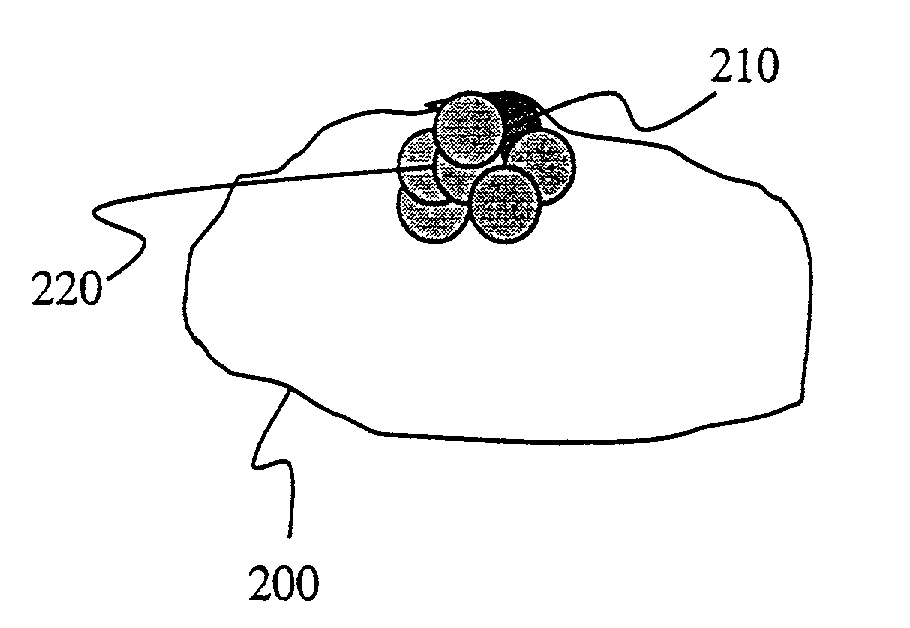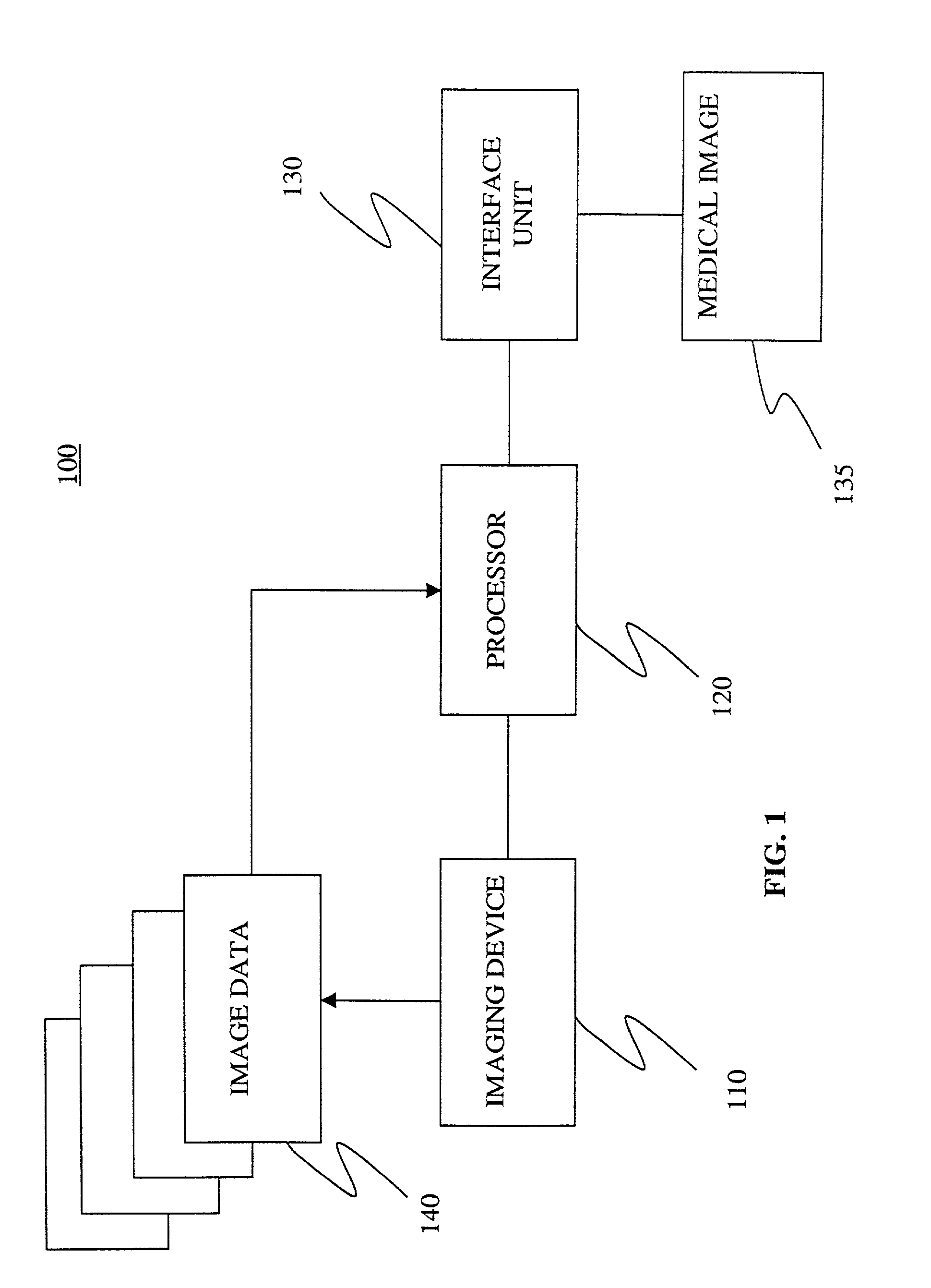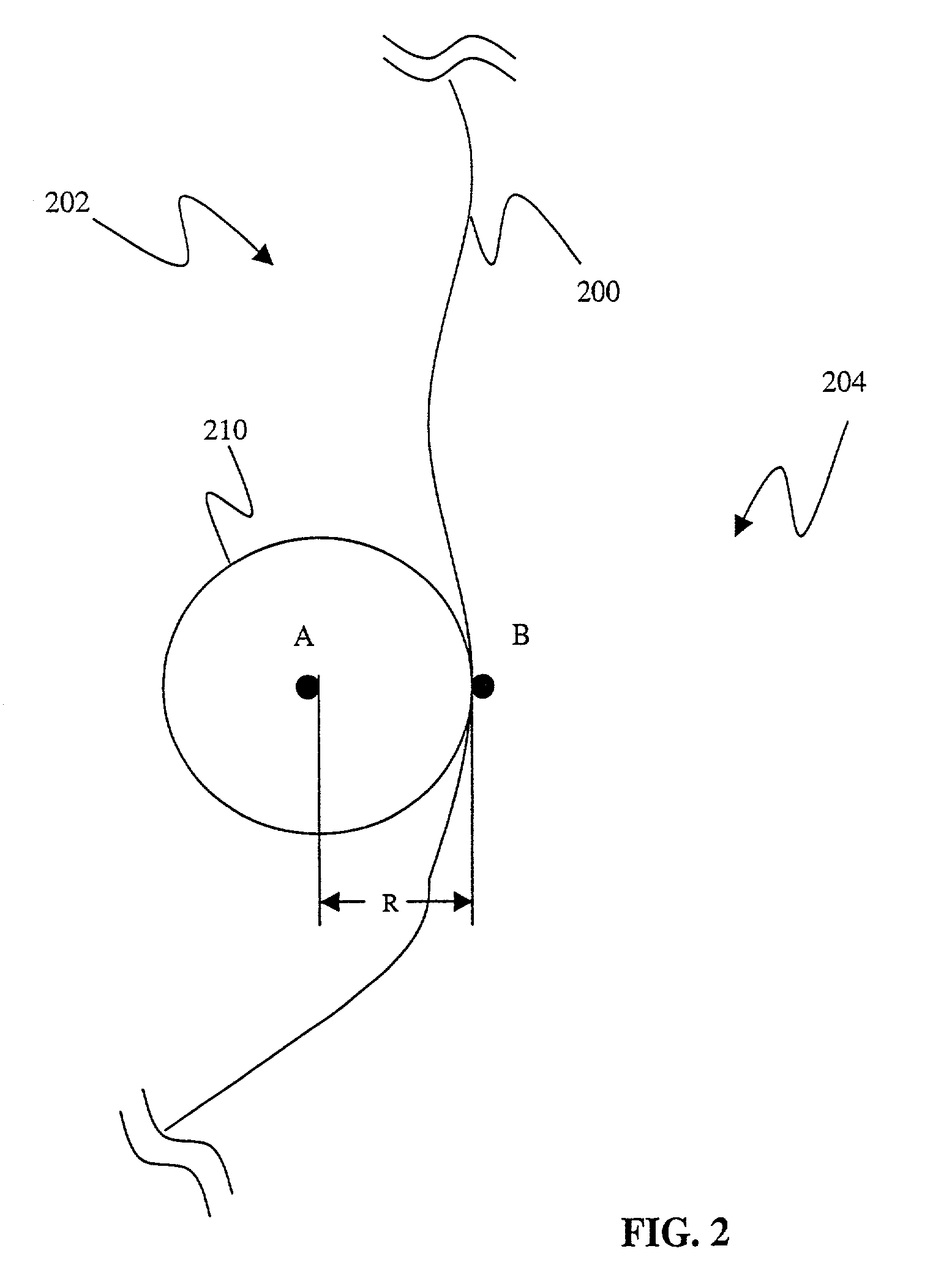Semi-automatic segmentation algorithm for pet oncology images
a segmentation algorithm and pet oncology technology, applied in the field of medical images, can solve the problems of insufficient accuracy of supervised segmentation methods, inability to accurately segment images, and inability to accurately measure 3d images, etc., and achieve the effect of eliminating noise voxels
- Summary
- Abstract
- Description
- Claims
- Application Information
AI Technical Summary
Benefits of technology
Problems solved by technology
Method used
Image
Examples
Embodiment Construction
[0011]Referring to FIG. 1, a block diagram of a system 100 for semi-automatic segmentation of a medical image 135. The system 100 includes an imaging device 110 that can be selected from various medical imaging devices for generating a plurality of medical images 135. In one embodiment, medical imaging techniques, such as, for example, positron emission tomography (PET) and magnetic resonance imaging (MRI) systems, are used to generate the medical images 135.
[0012]In one embodiment, during a PET imaging session, a patient is injected with a radio-labeled ligand that specifically targets metabolically hyperactive regions like tumors. The patient horizontally lies inside the scanner. Photon emissions from the decay of the radio-active ligand are detected by a series of photon detectors. The detectors measure the amount radio-active emissions from inside the patient's body. This information is used to compute the concentration of the radio-labeled ligand for sample points in the body. ...
PUM
 Login to View More
Login to View More Abstract
Description
Claims
Application Information
 Login to View More
Login to View More - R&D
- Intellectual Property
- Life Sciences
- Materials
- Tech Scout
- Unparalleled Data Quality
- Higher Quality Content
- 60% Fewer Hallucinations
Browse by: Latest US Patents, China's latest patents, Technical Efficacy Thesaurus, Application Domain, Technology Topic, Popular Technical Reports.
© 2025 PatSnap. All rights reserved.Legal|Privacy policy|Modern Slavery Act Transparency Statement|Sitemap|About US| Contact US: help@patsnap.com



